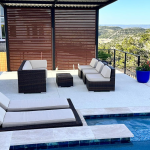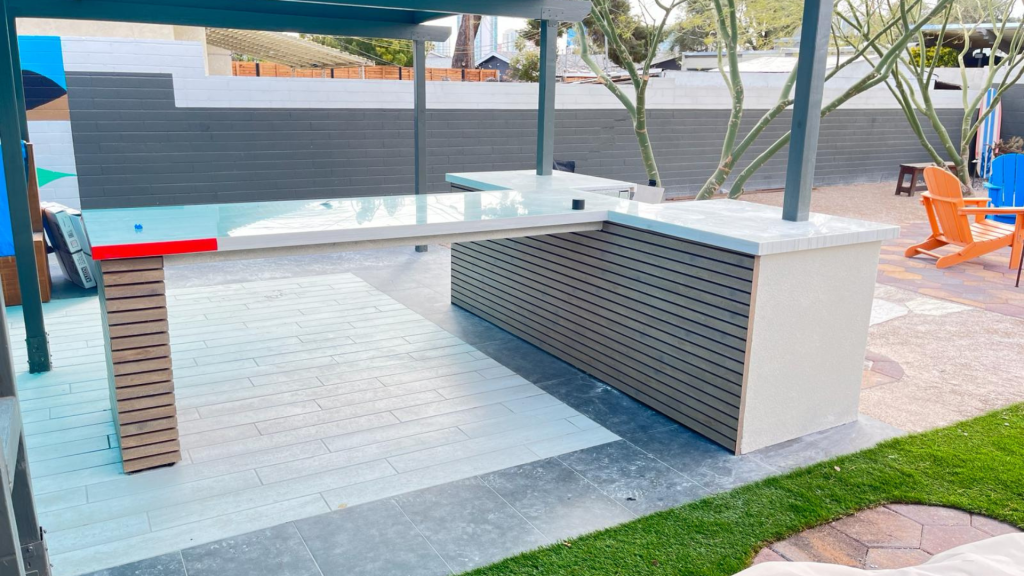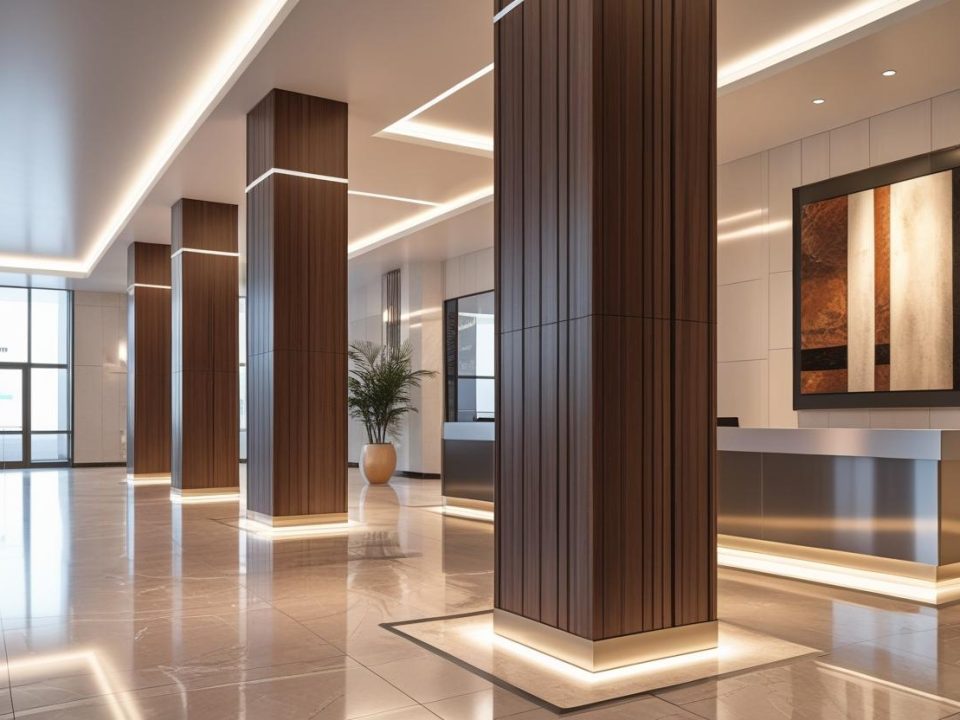
Comparing Aluminum Cladding Systems: Which One Fits Your Project?

Installation Tips for Aluminum Cladding: A Step-by-Step Guide

Aluminum cladding is known for its versatile design and functional advantages in modern construction. Beyond its aesthetic appeal, it provides significant benefits in building safety and insulation.
For architects, builders, and property owners considering this material, here’s an in-depth exploration of how aluminum cladding enhances building safety and insulation.
Aluminum cladding is gaining recognition for its versatile design and functional advantages in modern construction. Its lightweight nature, corrosion resistance, and flexibility make it an ideal choice for architects and builders aiming to strike a balance between aesthetics and performance.
These qualities allow aluminum cladding to be fabricated into various shapes, patterns, and colors, fitting a wide array of architectural designs. Beyond its attractive exterior, it provides substantial benefits in terms of safety and insulation.
When it comes to safety, aluminum cladding shines because of its fire-resistant properties and mechanical durability. It does not burn easily, providing a protective layer that prevents the spread of flames and minimizes smoke, which is crucial for occupant safety.
Furthermore, the metal forms an oxide layer that acts as a heat shield in high temperatures, reducing the risk of fire propagation. Its mechanical strength also ensures that the cladding system remains intact even under harsh environmental conditions, offering an additional layer of protection.
Insulation-wise, aluminum cladding significantly enhances the energy efficiency of buildings. It acts as a thermal barrier, preventing unwanted heat transfer between the inside and outside, reducing the load on HVAC systems.
In hot climates, it reflects heat, keeping interiors cool. In colder regions, it retains warmth, helping maintain a consistent indoor temperature. This efficiency translates to reduced energy consumption, making aluminum cladding an eco-friendly choice for construction projects, as it aligns well with sustainability goals and energy-efficient building practices.
Building Safety with Aluminum Cladding
Fire Resistance: Aluminum is naturally non-combustible, and its resistance to high temperatures makes it a key material in improving building safety. Modern aluminum cladding systems have been designed with fire-resistant cores and sealants that minimize the spread of flames.
Additionally, when exposed to heat, aluminum forms a protective oxide layer that acts as a shield against flames. This property is vital in containing the fire, preventing its spread across the building, and reducing the amount of smoke produced, which is critical for occupant safety. Many systems available today meet stringent fire safety standards.
Durability Against Elements: Beyond fire resistance, aluminum cladding protects against other environmental threats like wind, rain, and snow. Its corrosion resistance ensures that it maintains its integrity in varying conditions, keeping the building structure intact. It requires minimal maintenance and is impervious to most forms of rust and degradation.
Mechanical Strength: The mechanical strength of aluminum ensures that the cladding can withstand impact and stress, providing an additional layer of structural safety. This strength, combined with its lightweight nature, allows the panels to be securely fixed to the building’s substructure, reducing the risk of dislodgement due to wind or other forces.
Enhancing Insulation with Aluminum Cladding
Thermal Insulation: One of the key roles aluminum cladding plays is creating a barrier that prevents unwanted heat transfer. In cold climates, it retains heat within the building, reducing the load on heating systems. In hot climates, it reflects heat, keeping the interior cooler. This thermal efficiency is achieved through a combination of materials and installation methods that minimize thermal bridging and maximize insulation.
Noise Reduction: Aluminum cladding also provides acoustic insulation benefits. The panels dampen external noise, creating a quieter indoor environment. This feature is crucial in urban settings where outside noise can significantly impact the comfort of residents and workers.
Energy Efficiency: Improved insulation directly translates to energy efficiency. By reducing the demand on heating and cooling systems, buildings can maintain consistent internal temperatures with less energy, leading to significant savings on utility bills. This efficiency makes aluminum cladding an environmentally friendly choice for those aiming for sustainability in their projects.
Aesthetic Versatility and Environmental Benefits
Design Flexibility: Aluminum cladding systems come in a variety of finishes, patterns, and colors, allowing architects to tailor the appearance of the building to their design vision. Whether sleek and modern or more traditional, the material can be shaped into various profiles to fit the specific requirements of any project.
Recyclability and Environmental Impact: Aluminum is fully recyclable and can be reused repeatedly without losing its original properties. This ability to be recycled reduces the need for mining new aluminum and contributes to a circular economy. Additionally, its lightweight nature reduces fuel consumption during transportation and installation, further lowering the overall environmental footprint.
Conclusion
Aluminum cladding offers significant advantages when it comes to building safety and insulation. Its natural fire resistance, mechanical strength, and protection against environmental factors make it an ideal choice for enhancing building safety.
In terms of insulation, it effectively reduces heat transfer, cuts down on energy consumption, and contributes to overall building comfort. Combined with its recyclability and versatility in design, aluminum cladding is an excellent choice for modern, sustainable construction projects.
Aluminum cladding excels at reducing heat transfer and enhancing insulation, which is vital for energy-efficient building practices. The panels create an effective thermal barrier that minimizes heat exchange between the building’s interior and exterior.
This reduction in thermal bridging keeps the building cooler in hot weather by reflecting solar heat and warmer in cold weather by retaining internal warmth. The consistent internal temperatures significantly reduce the workload on HVAC systems, thereby cutting down energy consumption and contributing to lower utility costs.
Partner with GTO Aluminum to craft beautiful, long-lasting, and environmentally-conscious building facades.
Reach out now to delve into our array of aluminum cladding choices and unlock the potential to realize your architectural dreams!




